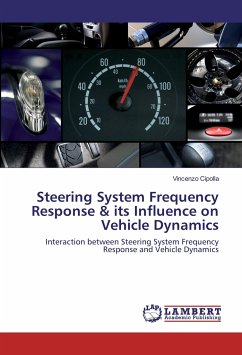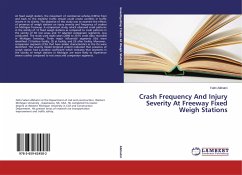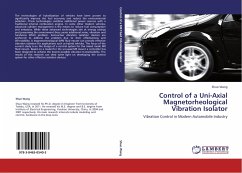This research is concerned with analytical modelling of the effects of cracks in structural plates and panels within aerospace systems such as aeroplane fuselage, wing, and tail-plane structures, and, as such, is part of a larger body of research into damage detection methodologies in such systems. This study is based on generating a so-called reduced order analytical model of the behaviour of the plate panel, within which a crack with some arbitrary characteristics is present, and which is subjected to a force that causes it to vibrate. In practice such a scenario is potentially extremely dangerous as it can lead to failure, with obvious consequences. The equation that is obtained is in the form of the classical Duffing equation, in this case, the coefficients within the equation contain information about the geometrical and mass properties of the plate, the loading and boundary conditions, and the geometry, location, and potentially the orientation of the crack Plate.
Bitte wählen Sie Ihr Anliegen aus.
Rechnungen
Retourenschein anfordern
Bestellstatus
Storno








